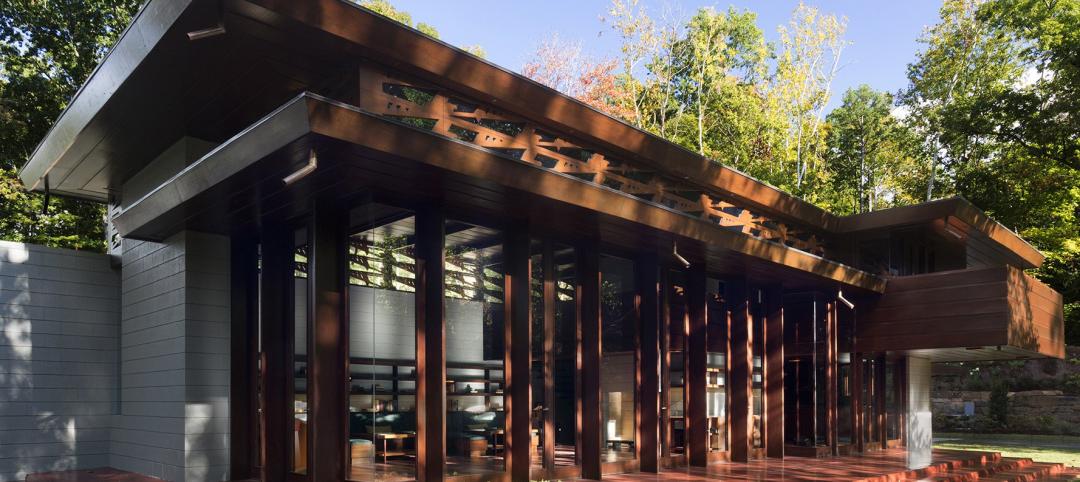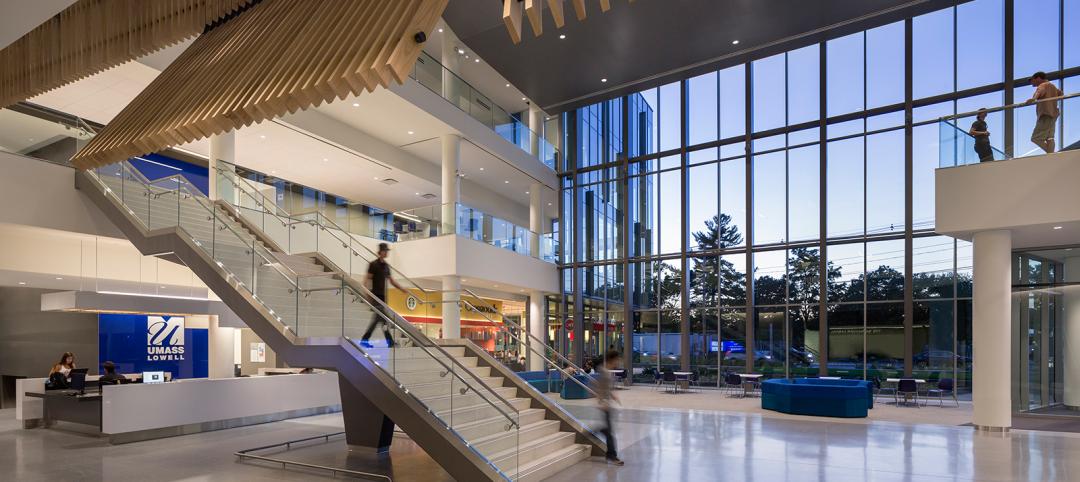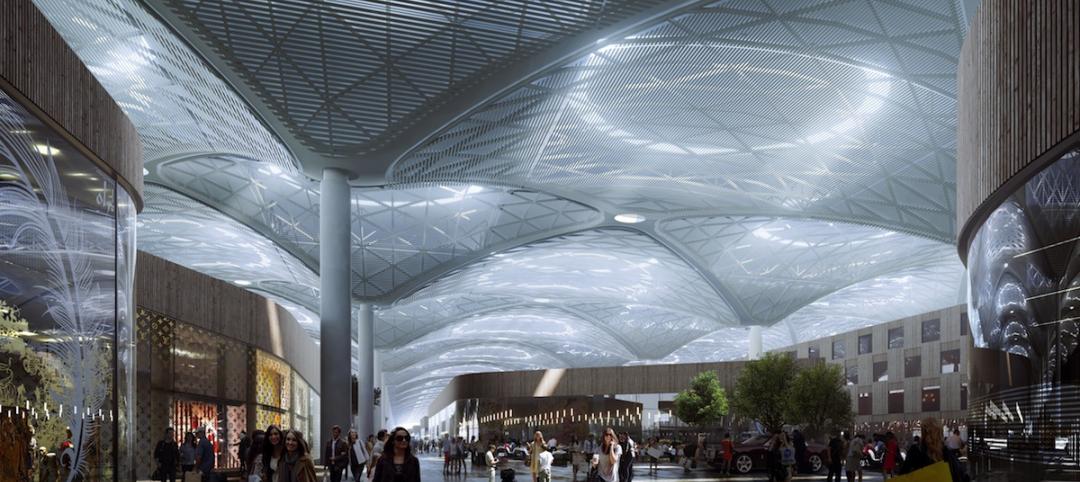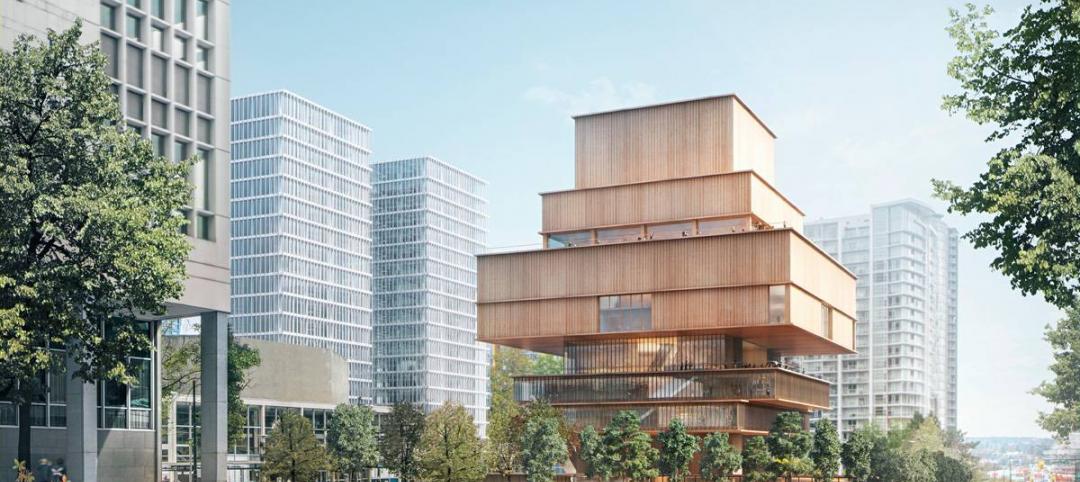The Department of Defense has released the findings of an independent report on energy efficiency and sustainability standards used by the Pentagon for military construction. The report strongly affirmed the value of LEED-certified high performing buildings to America’s military and U.S. taxpayers.
The study, conducted by the National Research Council, considered only energy efficiency. It recommended that the DoD continue to require new buildings or major renovations to be designed to achieve at least LEED Silver or the equivalent.
Roger Platt, Senior Vice President of Global Policy and Law at the U.S. Green Building Council, says, “LEED has played a significant role in reducing energy and water bills in public sector buildings across the country, saving taxpayers money and contributing to the nation’s security. This important new independent study from the National Research Council concludes that the LEED green building certification program should continue to be used in Defense Department buildings to advance energy efficiency in construction and reduce operational costs. Using LEED at Pentagon installations is a win-win proposition for the country and for the military personnel these buildings serve."
(http://www8.nationalacademies.org/onpinews/newsitem.aspx?RecordID=18282&utm_source=Press+Releases&utm_campaign=5fd1d3641e-Direct_PR_Military_Facilities2_15_2013&utm_medium=email)
Related Stories
Museums | Oct 20, 2015
Frank Lloyd Wright’s Bachman Wilson House finds new home at Arkansas museum
Crystal Bridges Museum reconstructed the 61-year-old Usonian house and will open it to the public in November.
Architects | Oct 20, 2015
Four building material innovations from the Chicago Architecture Biennial
From lightweight wooden pallets to the largest lengths of CLT-slabs that can be shipped across North America
University Buildings | Oct 16, 2015
5 ways architecture defines the university brand
People gravitate to brands for many reasons. Campus architecture and landscape are fundamental influences on the college brand, writes Perkins+Will's David Damon.
Architects | Oct 13, 2015
Architects Foundation expands National Resilience Initiative
The group is launching a search for three more NRI members.
Architects | Oct 13, 2015
Santiago Calatrava wins the European Prize for Architecture
The award honors those who "forward the principles of European humanism."
Office Buildings | Oct 5, 2015
Renderings revealed for Apple's second 'spaceship': a curvy, lush office complex in Sunnyvale
The project has been dubbed as another “spaceship,” referencing the nickname for the loop-shaped Apple Campus under construction in Cupertino.
Airports | Oct 5, 2015
Perkins+Will selected to design Istanbul’s 'Airport City'
The mixed-use development will be adjacent to the Istanbul New Airport, which is currently under construction.
High-rise Construction | Oct 5, 2015
Zaha Hadid designs cylindrical office building with world’s tallest atrium
The 200-meter-high open space will cut the building in two.
Architects | Oct 2, 2015
Herzog & de Meuron unveils design for Vancouver Art Gallery expansion
The blocky, seven-story wood and concrete structure is wider in the middle and uppermost floors.
Airports | Sep 30, 2015
Takeoff! 5 ways high-flyin' airports are designing for rapid growth
Nimble designs, and technology that humanizes the passenger experience, are letting airports concentrate on providing service and generating revenue.

















